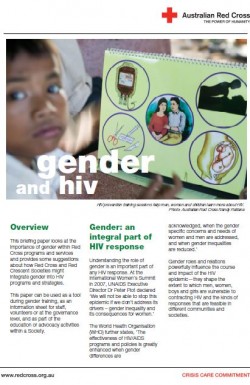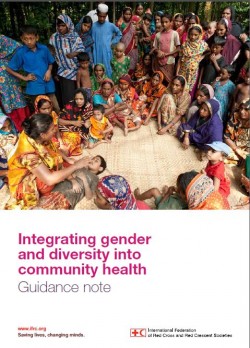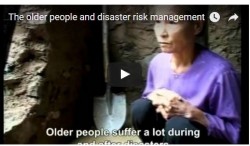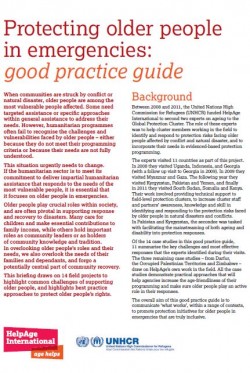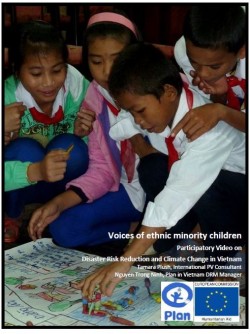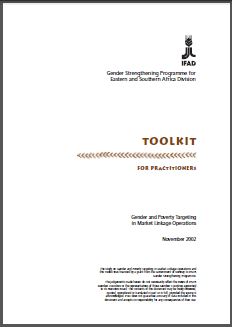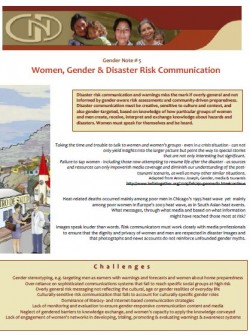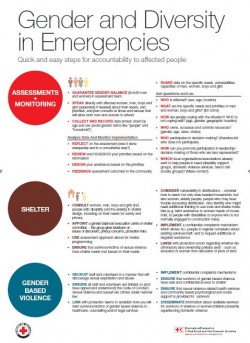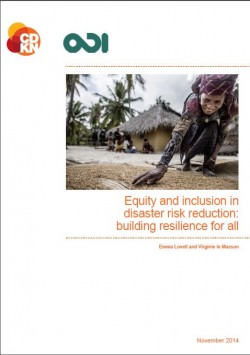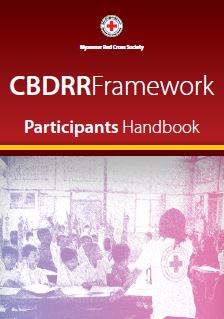Purpose
This briefing paper looks at the importance of gender within Red Cross programmes and services and provides some suggestions about how Red Cross and Red Crescent Societies might integrate gender into HIV programmes and strategies.
Overview
- Suggestions for incorporating gender into HIV programme planning include:
- Design interventions based on the different needs of men and women in the community;
- Examining assumptions about how men and women might benefit from programmes;
- Consult key people in the community. If not properly consulted, these key community figures may boycott the service, believing it to interfere with cultural practices;
- Talk with women and men separately and use women to talk with women, particularly if they are uncomfortable talking about sex and contraception;
- Use existing information and studies about gender differences to inform programmes;
- Budget for activities and staff in order to gather, analyse and track information about gender.
Usage: Guidance for project implementation
Audiences: Technical staff; Volunteers; Communications staff; National Society leadership
Reference: Australian Red Cross. Gender and HIV. Pp.1-8. Available from: http://www.redcross.org.au/gender-briefing-papers.aspx [Accessed: 19thSeptember 2015].
![]()


